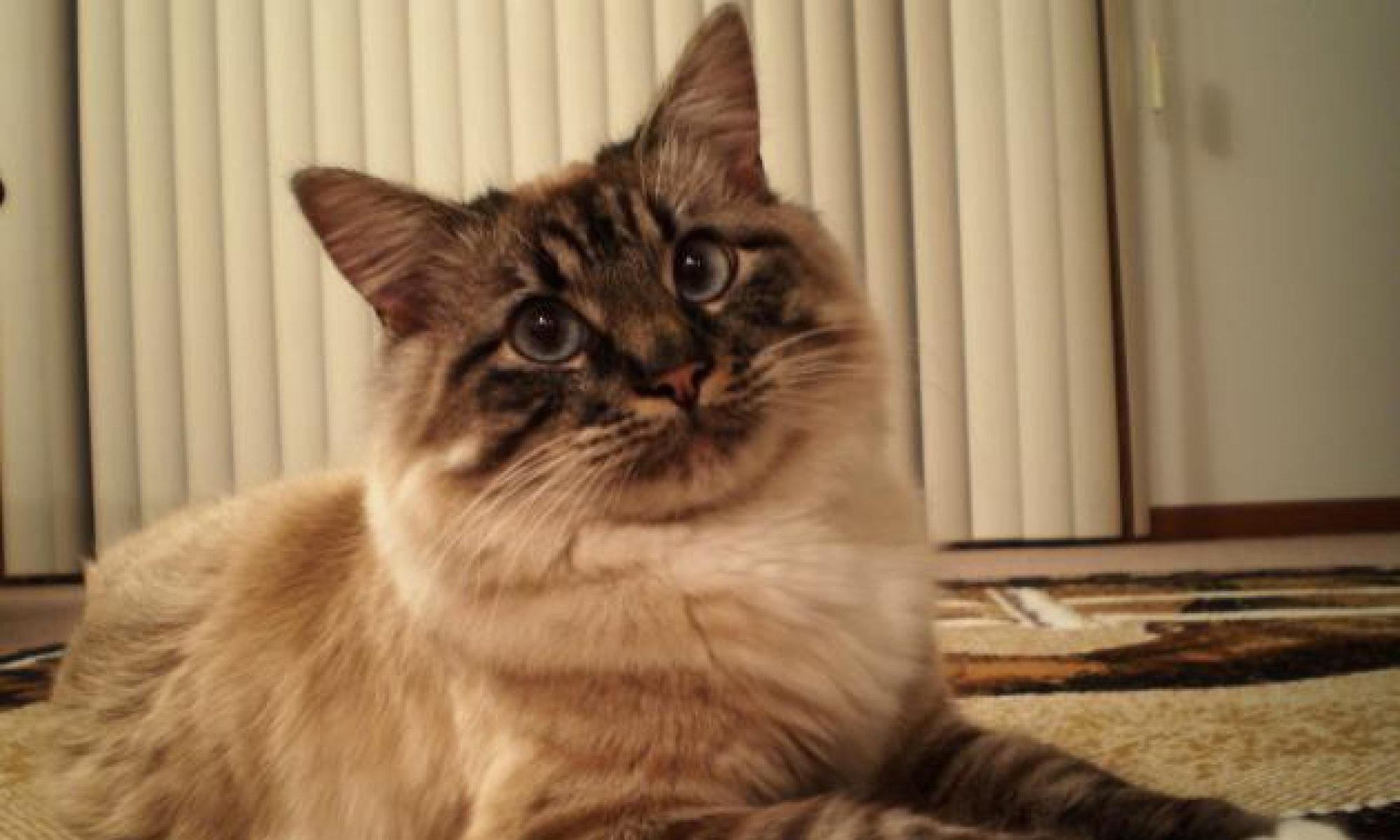Introduction
Pododermatitis, also referred to as sore hocks, is a common illness in rabbits. Pododermatitis is a condition where the hind feet near the elbow area or hock of the rabbit begin to show signs of infection. The surface of the hock that regularly receives pressure from the body is where rabbit owners are most likely to see the effects. The severity of the condition also depends on the breed of rabbit. For example, rabbits with short or thin fur on the hocks, such as Rex rabbits, tend to develop the condition more easily than rabbits with longer hock fur, such as a Holland Lops.
Causes
There are a variety of causes leading to pododermatitis. Rabbits that are routinely overfed will become overweight and put more and more pressure on their hind feet. This pressure on the hocks causes pain and irritation that leads to sore hocks.
This condition is worsened if the rabbit does not have a solid surface on which to sit. Even rabbits with a healthy weight need a solid surface in one-third of their cage to help relieve the discomfort that is caused by wire flooring.
Rabbits that are kept in too small of a cage will be unable to move around. This immobility will contribute to the onset of sore hocks.
In addition, pododermatitis is also caused by dirty housing conditions. These cages are breeding grounds for bacteria. Bacteria will easily be in contact with the hocks of the rabbits in the cage.
If the integrity of the hocks is failing, introduction of bacteria can lead to a severe infection.
In some circumstances, sore hocks can be caused by overgrown toenails. Nails that are not trimmed regularly will cause an imbalance in a rabbit’s feet. This imbalance will create specific pressure points that lead to the onset of pododermatitis. Extremely long nails can also curl to the point where they can puncture the pads of the feet, causing pain and discomfort.
Signs
Compared to other health problems in rabbits, pododermatitis is relatively easy to detect. Indicators of the condition include:
- Red or swollen feet
- Lameness
- Refusal to move around cage
- Extremely sensitive or sore hind feet
- Lethargy
- In severe cases, ulcerations on feet
Prevention
The best way to prevent pododermatitis is to keep your rabbit healthy and fit by providing a proper diet, cage, and exercise plan for your rabbit.
- Prevent obesity: Rabbits should be fed a balanced diet and grass hay. Consider factors such as age, reproductive activity, and health condition when measuring feed portion to avoid overfeeding the rabbit. Overfeeding will lead to unnecessary weight gain that will put excessive pressure on the rabbit’s feet. Grass hay is lower in protein and calories than alfalfa and will be better for adult rabbits.
- Cage: Cages should provide a roomy, clean, and dry environment for a rabbit. When preparing a hutch for your rabbit, you should provide one square foot of space per pound of rabbit. This minimum standard will help ensure your rabbit has enough room to move around. Urine and feces should frequently be removed from the cage to avoid growth of bacteria that can increase the severity of a sore hock infection. Cages with wire bottoms should always include a section that provides solid flooring. The recommendation is that this section cover one-third of the entire cage floor. See also: Housing your Indoor Rabbit
- Exercise: Rabbit owners should provide their rabbits with supervised exercise periods. Letting your rabbit run around in a fenced-in yard is the perfect way to provide exercise time. Exercise time is also an opportunity to interact with your rabbit and strengthen the bond you have with your rabbit.
- Trim toenails.
Treatment
If you find that your rabbit has developed pododermatitis, you should take the rabbit to a veterinarian as soon as possible. This condition is extremely painful for a rabbit, so owners should act promptly when they first notice the illness. To treat sore hocks, a veterinarian will clean the affected area with a wound cleanser and administer an antibiotic to stop the infection. The main goal in treatment is to keep the area as clean as possible and to medicate the rabbit according to your vet’s instruction. Use of a zinc ointment when signs first appear may prevent progression of the disease.
Lisa Karr-Lilienthal, Ph.D. & Amanda Young – University of Nebraska-Lincoln

